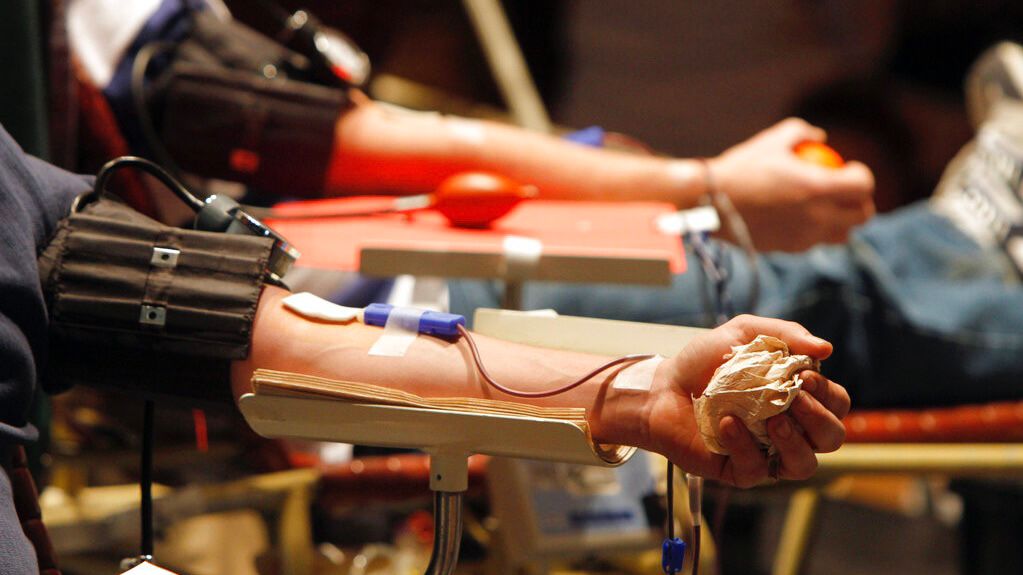The United States is experiencing a severe shortage of emergency blood supplies, the American Red Cross said Monday. About 40% fewer people are donating blood today than at any point since 2004.
“One of the most distressing situations for a doctor is to have a hospital full of patients and an empty refrigerator without any blood products,” Red Cross chief medical officer Dr. Pampee Young said in a statement.
Lifesaving blood is needed roughly every two seconds, according to the nonprofit, which is the largest supplier of emergency blood in the country.
“Blood is only available thanks to the generosity of those who roll up a sleeve to donate,” Young said, adding that the Red Cross experienced a shortfall of 7,000 units in blood donations between Christmas and New Year’s Day.
Already, the Red Cross has seen a decline in donations because of COVID-induced work-from-home policies that reduced the number of workplaces that conduct blood drives. The U.S. Food and Drug Administration has also changed some eligibility requirements, reducing the number of 16- to 18-year-olds who are able to contribute.
The Red Cross expects emergency blood deficits could continue because winter weather and the respiratory illnesses it causes can affect people’s ability to donate.
As part of National Blood Donor Month, the Red Cross has partnered with the National Football League, offering donors a chance to win tickets to this year’s Super Bowl in exchange for their blood or platelets. To give blood, the Red Cross requires a blood donor card, driver’s license or two other forms of ID. Most states require donors to be at least 17 years old, 110 pounds and in good health.



